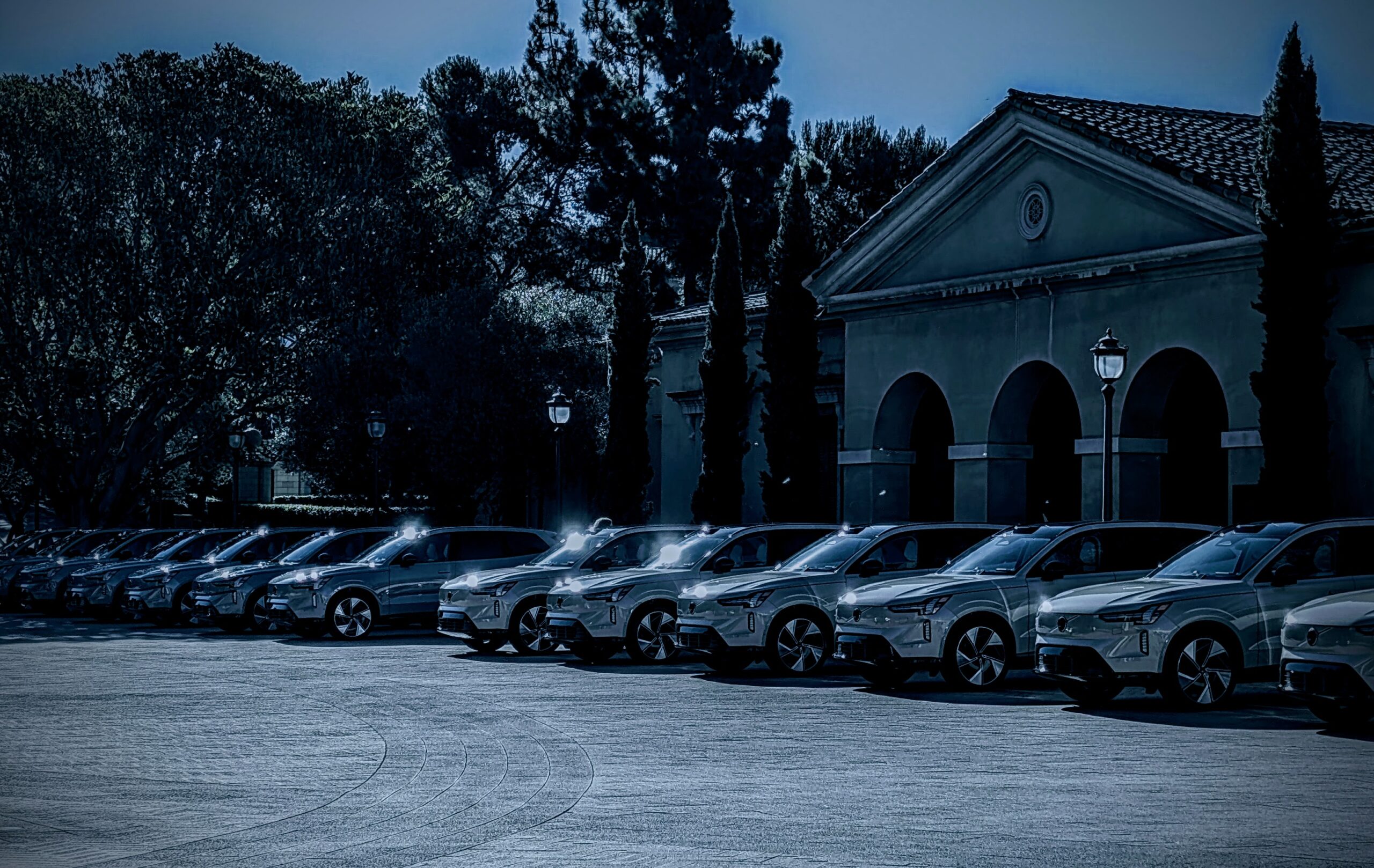
The law of unintended consequences is working overtime for Russia, which sought to tighten its grip on global energy markets by chasing Ukrainian President Volodymyr Zelensky out of office last year. That plan didn’t quite work as intended. Ukraine is launching a green recovery plan that aims to decarbonize Europe along with its own economy, with Russia left holding the fossil fuel bag.
Green Steel For A Green Recovery
A number of different elements are going into Ukraine’s green recovery plans, and the green steel angle is especially noteworthy. Steel is an essential ingredient in solar arrays, wind farms, electric vehicles, and other new systems that are powering the sparkling green economy of the future. However, steelmaking itself is an energy sucking, carbon-intensive industry that acts as a drag on the pace of decarbonization.
On the plus side, steelmakers have begun adopting significant new emissions-reducing processes. One good example is electric arc technology that replaces conventional fossil-fueled blast furnaces, enabling steel makers to take advantage of renewable energy resources, of which Ukraine has plenty (see more CleanTechnica coverage here).
There being no such thing as a free lunch, electric furnaces require a higher grade of iron ore than bast furnaces, and industry observers have raised concerns about a supply bottleneck. However, at least one startup has already crossed the CleanTechnica radar with an energy efficient process for upgrading ore for electric arc technology.
Green Hydrogen Makes The Cut
The accelerating market for green hydrogen provides another green recovery pathway for steelmaking. Back in 2021, a startup called H2 Green Steel announced ambitious plans for deploying renewable energy in a a massive electrolyzer system to produce green hydrogen at scale, which would be used to convert iron ore into sponge iron without the need for fossil inputs.
“The green sponge iron will feed the green steel process achieving emission reductions of up to 95 percent compared to traditional steelmaking with coke and coal in a blast furnace,” H2 Green Steel explained in a recent press release.
The firm is moving forward with plans to construct a green steel plant in Sweden. Cargill and Mercedes-Benz are among those already signed up for first dibs on the product when it’s ready to roll.
Meanwhile, Ukrainian officials have indicated that green hydrogen will play a key role in the nation’s green recovery plans, with an initial focus on decarbonizing its iron and steelmaking industries.
A Green Recovery For The Entire Planet
The independent Ukrainian organization Razom We Stand has also weighed in on postwar energy planning, with an eye on decarbonizing the global economy.
“The promise of Ukraine’s resistance to fossil-fueled terror must be realized by the entire world. The rebuilding of Ukraine should be the beginning of a global movement for clean, renewable, and safe energy,” Razom states on its website (emphasis theirs).
To raise its case for an international audience, on June 20th, Razom We Stand held a high-level green recovery conference in London under the title, “Strategic Deployment of Renewable Energy in Ukraine: Investing in Energy Security,” in collaboration with the London Chamber of Commerce and industry stakeholders. The event was a lead-up to the June 21-22 Ukraine Recovery Conference hosted jointly by the UK and Ukraine.
“The primary objective of this event is twofold: to emphasize the pivotal role of transitioning to renewable energy and fostering energy efficiency in Ukraine’s sustainable green economic recovery, while simultaneously bolstering Europe’s energy security; and to unlock the immense investment opportunities associated with this transition,” Razom We Stand explained in a press release last week.
In support of the investor-attracting mission of the conference, Razom We Stand also released a report on Ukraine’s renewable energy resources, with particular attention to the decarbonization assist that its biomethane, solar, and wind resources could provide to Europe.
“Ukraine possesses the remarkable potential to generate 30% of Europe’s biomethane and enjoys highly favorable conditions for the advancement of solar and wind energy,” emphasized Oleh Savytskyi, Campaign Manager at Razom We Stand.
The Case For International Financing
Razom We Stand credits Ukrainian industry organizations and other stakeholders for assisting in the report, along with Ember, an independent UK-based think tank that tracks the global power generation industry.
Ember is focused like a laser on investing in electrification for rapid decarbonization. “We’re focused on making the biggest impact on climate change. That’s why shifting the world to clean electricity is our first priority,” Ember explains on its website.
The organization’s Senior Electricity Analyst, Malgorzata Wiatros-Motyka, added a comment to Razom’s press release, which aimed at enlisting international investors in a recovery focused on renewable energy.
“With their low costs, rapid construction, and immunity to numerous risks associated with fossil fuel usage, solar and wind energy emerge as vital factors in bolstering both the stability of Ukraine’s current energy supply and laying the foundation for its energy system’s recovery. It is crucial for these projects to be backed by international financing, especially amidst the ongoing war,” Wiatros-Motyka stated.
More Green Hydrogen For Ukraine
Ukrainian energy planners have already made the case for networking a Ukrainian green hydrogen hub with its iron and steel industries, and with other hubs in Europe. There is plenty of room for growth. Earlier this year, for example, BBC News pointed out that the massive H2 Green Steel project is aiming to produce 5 million tonnes of green steel per year by 2030. That’s peanuts compared to the amount of steel produced globally today, which hovers around the 2,000 million tonne mark, or about 2205 million US tons.
Earlier this week, Reuters cited Rostyslav Shurma, a deputy in the office of President Zelenskiy, who told the news organization that the first focus of recovery would be the iron and steel industry, with an emphasis on a green recovery.
Reuters reporters Simon Jessop and Olena Harmash noted that the iron and steel sector is a leading source of Ukraine’s GDP, export revenues, and employment. “It also accounted for 15% of the country’s carbon emissions,” they observed, “And Shurma said there was now an opportunity to build an industry driven by renewable energy.”
“If you have to rebuild, it is logical to rebuild green in line with new technologies … Our vision is to build a 50 million tonnes green steel industry in Ukraine,” Shurma told them.
Steel analysts are predicting continued volatility in the global steel market, but the focus on a green recovery could give the Ukrainian steel industry an edge. In a steel industry report issued earlier this year, McKinsey forecasts that the demand for green steel will outstrip the supply, growing from about 15 million metric tons in 2021 to more than 200 million metric tons by 2030.
Find me on Spoutible: @TinaMCasey or LinkedIn @TinaMCasey or Mastodon @Casey or Post: @tinamcasey
Image: Ukraine sets its sights on a green recovery with renewable energy and green steel.
Sign up for daily news updates from CleanTechnica on email. Or follow us on Google News!
Have a tip for CleanTechnica, want to advertise, or want to suggest a guest for our CleanTech Talk podcast? Contact us here.
Former Tesla Battery Expert Leading Lyten Into New Lithium-Sulfur Battery Era — Podcast:
I don’t like paywalls. You don’t like paywalls. Who likes paywalls? Here at CleanTechnica, we implemented a limited paywall for a while, but it always felt wrong — and it was always tough to decide what we should put behind there. In theory, your most exclusive and best content goes behind a paywall. But then fewer people read it! We just don’t like paywalls, and so we’ve decided to ditch ours. Unfortunately, the media business is still a tough, cut-throat business with tiny margins. It’s a never-ending Olympic challenge to stay above water or even perhaps — gasp — grow. So …





